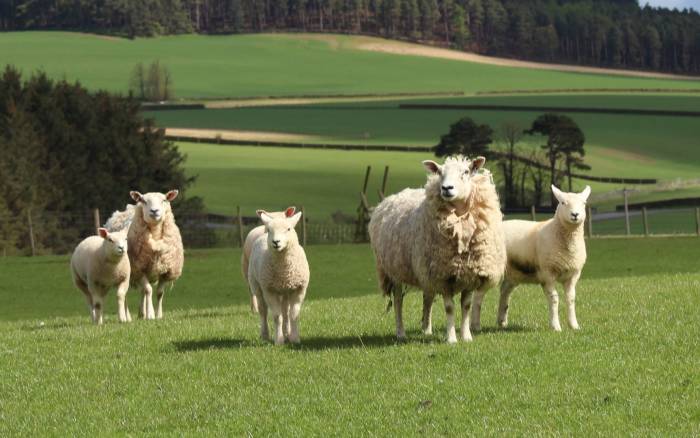11th June 2020
With grazing under pressure in many parts of the country following a very dry spring, many sheep farmers are looking at weaning lambs earlier than normal. ‘Normally most lambs are weaned between about 12 and 16 weeks of age, but this can be brought down to 8-10 weeks given the right circumstances’ says Lesley Stubbings. “ Weaning is a very useful management tool, allowing allocation and prioritisation of the dry matter available, but it has to be weighed up against potential pitfalls such as the challenge they could face from worms’ She adds.
This year the dry spell has also had a significant impact on worms. ‘Eggs shed in the dung of ewes and older lambs are now sitting in dung pats, just waiting for the rain to allow them to complete their immature stages and emerge as infective larvae on grass. This is likely to be as a large spike once enough rain has fallen and earlier weaning could help avoid this, but only if lambs are moved away from the threat’ says Lesley.
SCOPS is advising sheep farmers to weigh up their options before weaning to ensure weaned lambs are moved away from grazing that could explode with infective larvae. Options include areas grazed by cattle grazing this spring or silage aftermaths (hay later on).
SCOPS advice:
